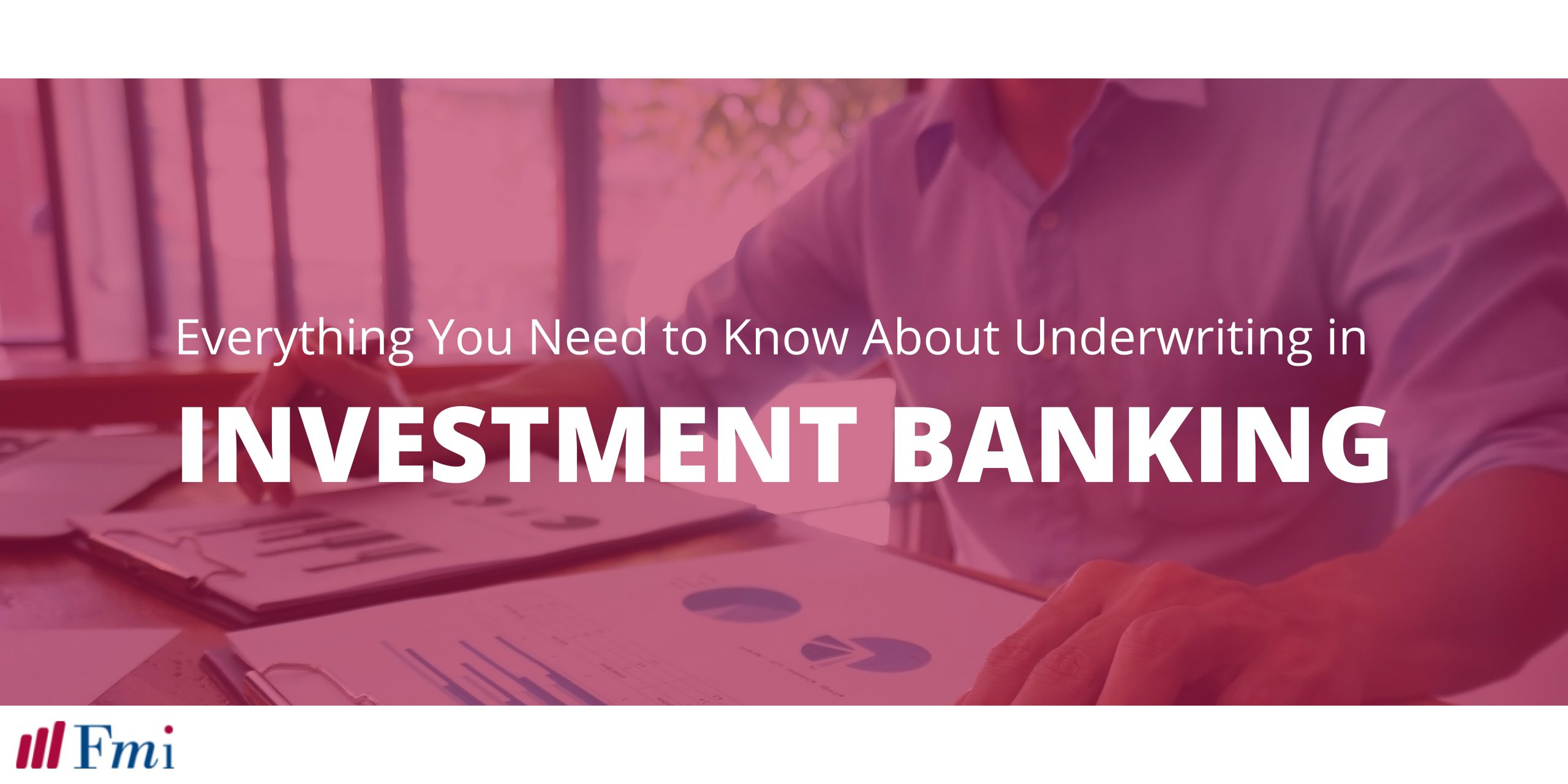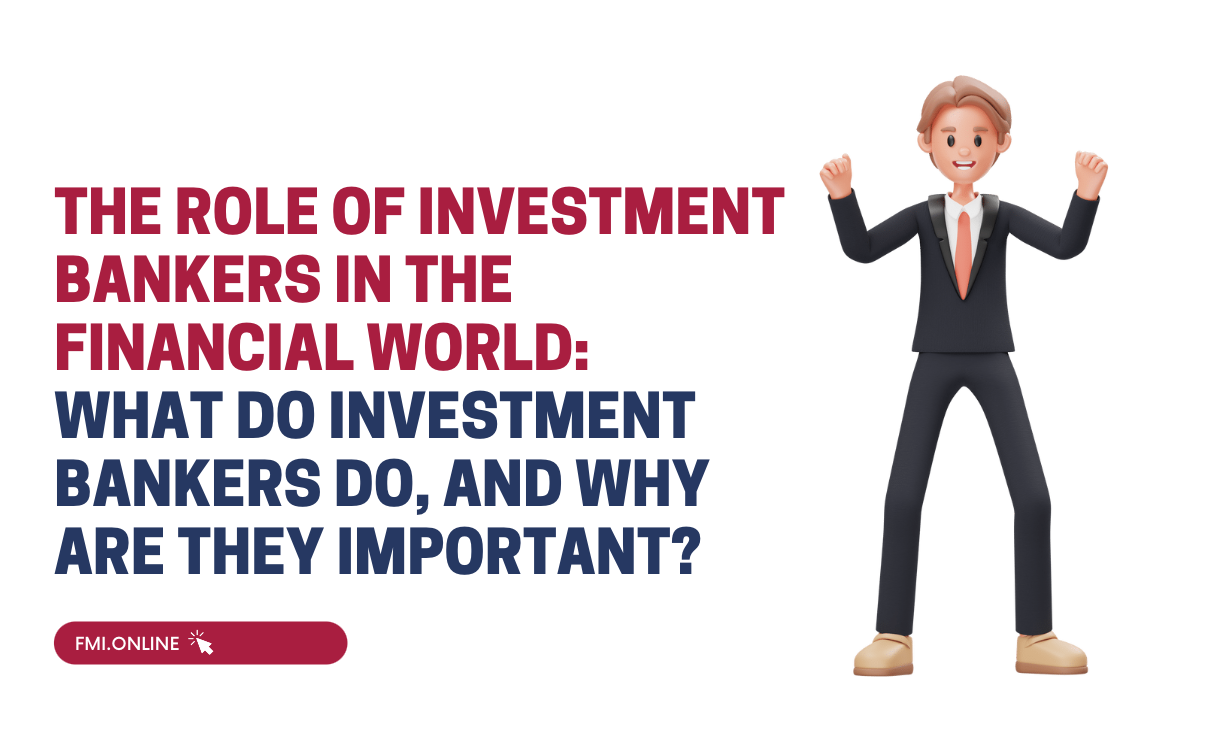As a future investment banker, you will essentially perform two functions for clients, the first is M&A advisory, and the second is underwriting. Many of you will be familiar with the concept of underwriting in the insurance industry context. However, underwriting from an investor’s perspective, the subject of today’s blog post, is an entirely different process.
What Is Underwriting?
Critically, we need to understand the term underwriting from an investment banking perspective.
In simple terms, underwriting is the process where an investment bank raises capital for an organization, either in the form of equity or debt. The organization may be a corporation, a government or government agency, or any other institution which needs funding. An investment bank will issue and sell stocks or bonds on behalf of the organization to investors, either in an Initial Public Offering (IPO) or follow-up listings. In return, the investment bank will earn a fee.
Phases of Underwriting
Now that you have an essential understanding of the underwriting process at a very high level let’s explore the various phases it involves.
Underwriting at its core is a three-phase process, with the first being planning, followed shortly by assessing the timing and demand of the issue and lastly establishing the structure of the issue.
1. Planning:
At this stage, it is crucial for the investment banker to correctly assess both the themes investors are currently investing their money in, followed by understanding the sentiment behind the same. By equipping yourself with these two crucial pieces of information, you can easily judge both the demand and the interest of the offering amongst investors.
2. Demand and Timing:
Once the planning is complete, it is critical to assess the demand and timing issues of the planned offering. Since both of these are crucial factors determining the success of the planned underwriting activity, it is essential to question;
a. current market and investor appetite for investments in the organization
b. what does the ideal investor look like
c. what is the precedent for similar deals
3. Issue Structure:
At the last stage of the process, once the planning and market research is complete, the investment bank needs to define the structure of the issue. In this regard, it will need to determine whether to position the issue domestically or internationally, whether investors represent institutions, will there be participation from retail investors, what will the final price of the issue be, and how will the sale actually occur?
Types of Underwriting
Now, as you might have rightly guessed, there are several different types of underwriting commitments an investment bank can enter into with its client based on mutual benefit. The most important and commonly used are:
1. Firm Commitment:
In this type of commitment, the investment bank guarantees the sale of the entire issue. However, if the condition is not met under any circumstances, the investment bank will take full responsibility and buy the unsold proportion of the issue.
2. Best Effort:
Best effort is the most common commitment entered into by an investment bank. Here the underwriter agrees to put their best efforts under good faith to sell the agreed-upon issue; however, they take no financial responsibility for any unsold component.
3. All or None:
Lastly is the all or none commitment wherein an investment bank will not be paid any fee unless all the issue are sold at the agreed-upon price.
In Conclusion
Underwriting is an integral part of any investment bank’s business model. Therefore, understanding this process is essential to anyone looking to forge a career in the industry.












 60+ hours
60+ hours 9 courses
9 courses



